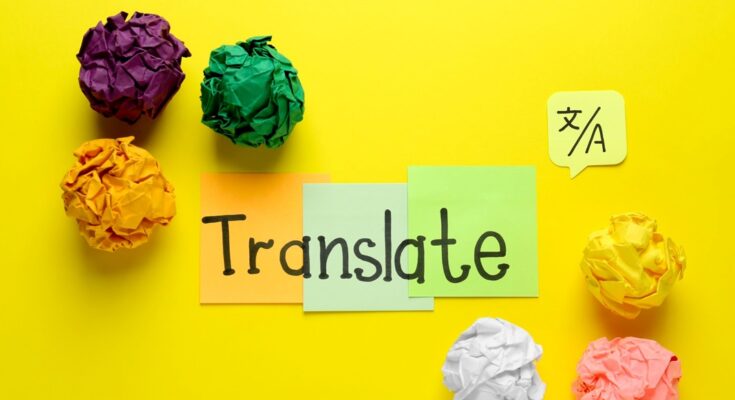When it comes to understanding written and spoken language, translation and interpretation are two commonly used terms. But what’s the difference between the two? In this article, we’ll discuss the three key differences between interpretation and translation. We’ll explain why each of these processes is necessary and how they are used in different contexts. By the end of this article, you’ll have a better understanding of these two valuable language services. So, let’s dive in!
1. Context
The first key difference between interpretation and translation is context. Translation refers to the written word, while interpretation involves oral communication. When someone translates a text from one language to another, they recreate the original text in a different language. This ensures that all of the meaning and nuance of the original text are preserved. In this case, a translation certificate online can help to provide an accurate and reliable record of the translation.
Interpretation, on the other hand, involves interpreting spoken language in real time. This is often done for events such as conferences, meetings, and legal proceedings. The interpreter must be able to understand the meaning of each word spoken in order to accurately interpret it for the audience.
2. Language Pairs
Another key difference between interpretation and translation is the language pairs used. Translation usually involves translating between two written languages. For example, a document might be translated from Spanish to English. Interpretation, on the other hand, often involves translating between two spoken languages. This means that an interpreter might be asked to interpret an English conversation into Spanish in real time.
3. Speed
Speed is another factor that sets translation and interpretation apart. Translations are typically done in batches, meaning a translator can take their time to ensure accuracy and precision when translating a text. Interpretation, however, is done in real-time, which means that speed is of the essence. In order to provide an accurate interpretation, the interpreter must be able to understand each word spoken and then convey its meaning quickly and accurately.
In Conclusion
These are just 3 of the key differences between interpretation and translation. While both services rely on language knowledge, they require different skills to be successful. So, if you are planning to become a translator or interpreter, make sure you understand the requirements of each role and the differences between them. With a thorough understanding of these two valuable language services, you’ll be able to make an informed decision about which one is right for you.

